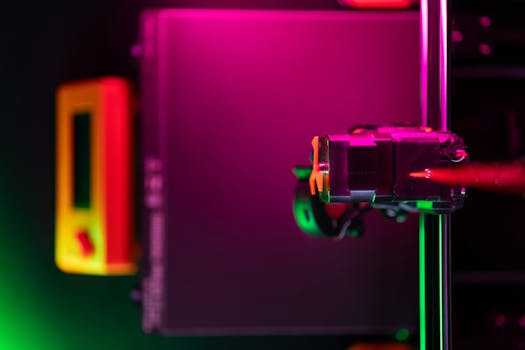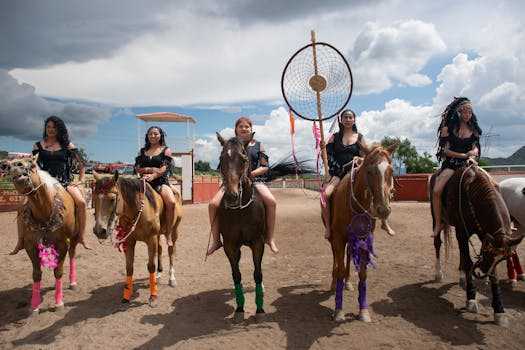
**
The fierce competition in the burgeoning field of artificial intelligence (AI) is heating up, with tech giants vying not only for market dominance but also for the best minds in the industry. While Meta throws its considerable financial weight around, luring top AI researchers and engineers with lucrative packages, OpenAI is taking a dramatically different, and arguably more strategic, approach: building its own AI talent pipeline from the ground up. This long-term investment, rumored to be in the millions, represents a bold gamble that could reshape the future of AI development.
OpenAI's Proactive Approach to AI Talent Acquisition
OpenAI, the research company behind the groundbreaking language model ChatGPT and the powerful image generator DALL-E 2, recognizes that securing the future of AI isn't solely about acquiring established talent. Instead, they’re betting on a future fueled by a robust ecosystem of homegrown AI experts. This strategy contrasts sharply with Meta's aggressive poaching tactics, which have resulted in several high-profile hires from rival companies, fueling accusations of unethical recruitment practices within the industry.
OpenAI's investment in cultivating AI talent encompasses several key initiatives:
Robust Internship Programs: Offering highly competitive internships for undergraduate and graduate students focused on machine learning, deep learning, natural language processing (NLP), and computer vision. These programs provide valuable hands-on experience with cutting-edge AI technologies and mentorship from leading researchers.
AI Fellowships and Research Grants: OpenAI supports promising researchers and academics through fellowships and research grants, encouraging innovation and the development of new AI techniques. This strategy ensures a constant inflow of fresh perspectives and novel approaches to problem-solving.
Educational Initiatives and Workshops: Collaborating with universities and educational institutions to develop specialized AI curricula and workshops. This initiative aims to increase the overall pool of skilled AI professionals, thereby indirectly benefitting OpenAI’s long-term recruitment goals.
Internal Training and Development: Investing heavily in internal training and development programs to upskill existing employees and foster a culture of continuous learning. This approach ensures that OpenAI maintains a competitive edge by keeping its workforce abreast of the latest advancements in AI technology.
The Cost of Building vs. Buying Talent
While Meta’s approach of aggressively recruiting established talent offers a quicker path to short-term gains, it comes at a significant cost. Not only are salaries for experienced AI engineers and researchers exceptionally high, but the potential for internal conflicts and the disruption of established teams can negate any short-term advantages. The high turnover rate often associated with aggressive poaching further compounds the issue.
OpenAI’s strategy, on the other hand, is a longer-term investment with potentially higher returns. By cultivating its own talent pool, OpenAI builds a team with a shared vision and company culture. This fosters loyalty, reduces training costs in the long run, and promotes collaborative innovation. The investment in education and research also strengthens OpenAI's position as a leader in the AI community, attracting top-tier candidates even without relying solely on high salaries.
The Meta vs. OpenAI Talent Acquisition Showdown: A Strategic Analysis
Meta's strategy, while undeniably effective in attracting immediate expertise, is arguably less sustainable. The reliance on poaching creates a culture of instability and can damage relationships with other organizations. It also raises ethical concerns regarding the fair acquisition of talent and potential violations of non-compete agreements.
OpenAI's approach, though slower, offers several advantages:
- Long-term Sustainability: Cultivating homegrown talent fosters a stable and cohesive team.
- Cultural Alignment: Employees are inherently aligned with OpenAI’s values and mission.
- Reduced Costs (long-term): While initial investment is significant, long-term costs are potentially lower than continuously high salaries for poached talent.
- Innovation: A diverse team built from the ground up encourages innovation and new perspectives.
The Future of AI Talent Acquisition: A Hybrid Approach?
Ultimately, the optimal strategy for AI talent acquisition may lie in a hybrid approach. Combining the benefits of both internal development and strategic external hires would enable companies to address both immediate and long-term needs.
The Broader Implications for the AI Industry
The OpenAI vs. Meta talent acquisition battle highlights the growing importance of human capital in the AI industry. As AI technology continues to advance, the demand for skilled professionals will only intensify. Companies that fail to invest in attracting and retaining talent risk being left behind.
The OpenAI model, with its focus on building a robust pipeline of AI professionals, could set a new precedent for the industry. Other companies may follow suit, recognizing the long-term advantages of cultivating their own talent pools. This shift could lead to a more sustainable and ethical approach to talent acquisition in the competitive world of artificial intelligence. The long-term impact of this strategic decision by OpenAI remains to be seen, but its potential to reshape the landscape of AI talent is undeniable. The coming years will undoubtedly be crucial in determining which approach – building or buying – ultimately prevails in the quest for AI supremacy.



















